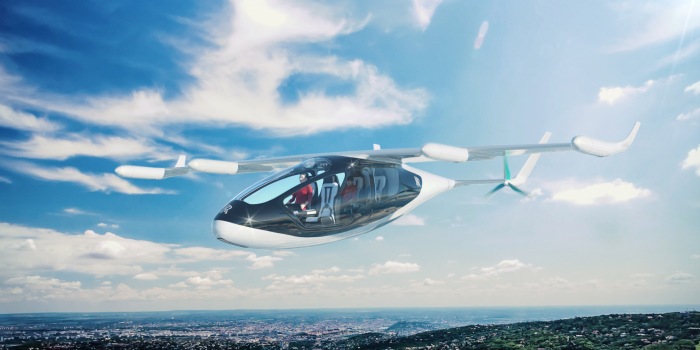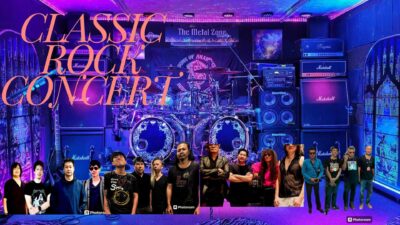
The plane-maker’s taxi could take off during the 2020s.
Rolls-Royce — the plane maker, not the car maker — has developed an electric propulsion system for the burgeoning flying taxi market. The company is now searching for a partner to offset the cost of developing the rest of the machine.
“The initial concept vehicle uses gas turbine technology to generate electricity to power six electric propulsors specially designed to have a low noise profile,” a spokesperson for Rolls-Royce told Reuters. The turbine is an existing unit named M250 that’s currently found in over 170 helicopter and fixed-wing applications around the world.
According to the design brief, the yet-unnamed taxi will carry four passengers at speeds of up to 250 mph. It will boast a range of up to 500 miles. The turbine generates the electricity needed to keep it up in the air so it doesn’t need to be plugged in for extended periods of time.
Rolls-Royce isn’t the only company vying for a slice of the flying taxi market. Ride-sharing giant Uber will spend 20 million euros (about $23 million) over the next five years to develop and build a similar aircraft on the outskirts of France. Airbus is developing its own passenger-carrying drone with help from Audi. The firm recently received permission to test the taxi in the skies above Ingolstadt, Germany.

The plane-maker's taxi could take off during the 2020s.
Rolls-Royce -- the plane maker, not the car maker -- has developed an electric propulsion system for the burgeoning flying taxi market. The company is now searching for a partner to offset the cost of developing the rest of the machine.
"The initial concept vehicle uses gas turbine technology to generate electricity to power six electric propulsors specially designed to have a low noise profile," a spokesperson for Rolls-Royce told Reuters. The turbine is an existing unit named M250 that's currently found in over 170 helicopter and fixed-wing applications around the world.
According to the design brief, the yet-unnamed taxi will carry four passengers at speeds of up to 250 mph. It will boast a range of up to 500 miles. The turbine generates the electricity needed to keep it up in the air so it doesn't need to be plugged in for extended periods of time.
Rolls-Royce isn't the only company vying for a slice of the flying taxi market. Ride-sharing giant Uber will spend 20 million euros (about $23 million) over the next five years to develop and build a similar aircraft on the outskirts of France. Airbus is developing its own passenger-carrying drone with help from Audi. The firm recently received permission to test the taxi in the skies above Ingolstadt, Germany.




























